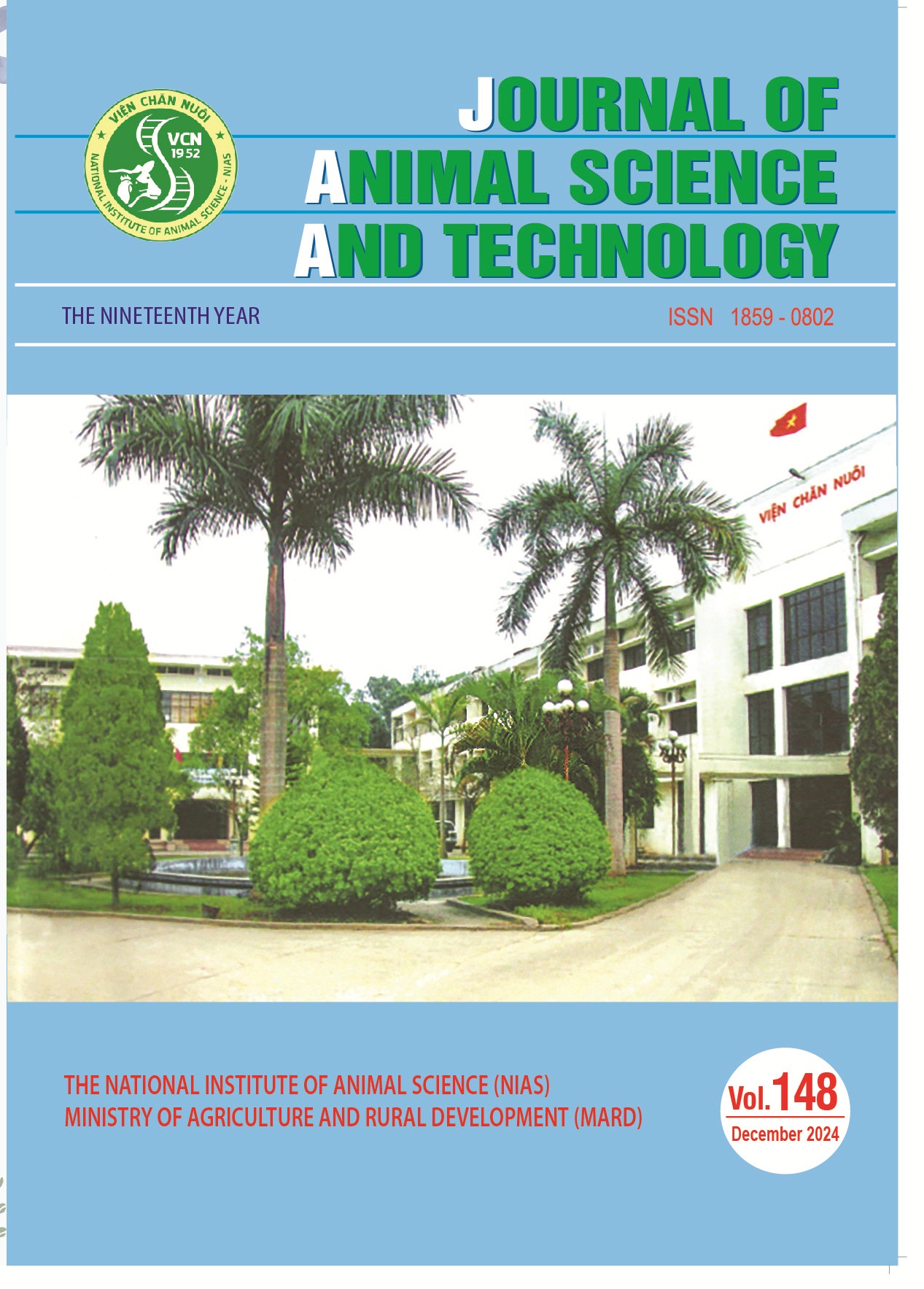Current status and challenges of dairy goat industry in Vietnam
In Viet Nam total goat population being more than 2.8 million heads in 2023, which is widely raised and promoted in both the South and the North. However rapid goat population development is mainly for meat production, while this is modest for dairy goats. There are number of goat farms for milking in the urban areas or in the villages, milk and milk products are sold in towns or cities with a very small amount, while this is ignorant in remote villages with the lack of milk consumption for children and old people. In large farms goat breeds raised for milk are pure Saanen and Alpine, while in small farms Bac Thao goats and crossbreds (Saanen x Bac Thao) are kept due to their good adaptation to the limited conditions of nutritive value diets, warm climate, housings and diseases. Average milk yield of the pure Saanen or Alpine is around 2.0 L/day, while the crossbreds and Bac Thao is about 1.5 L/day. Studies on dairy goat are mainly feeds, nutrition, breeds and breeding, reproduction and milk processing. Even so there are also numbers of integrated models of dairy goat farms associated with innovative milk products, tourism and education for children, which could thrive in the urban areas and villages for increasing benefits. The farm sizes in Vietnam are less than 500 heads in an unit. While milk and milk products are spontaneously processed, marketed and sold in limited local markets. The challenges to the development for dairy goat industry in Viet Nam are limitations on small farm sizes, lack of the investments on finances, scientific research, international-local collaborations and milk product processing facilities. The conclusion this paper is that there are many opportunities for great potential development of dairy goat due to increasing demands of milk products and better quality of goat milk, and to overcome the above challenges the investments of suitable farm size, better marketing and modernized processing plants are necessarily improved under the international development context.

